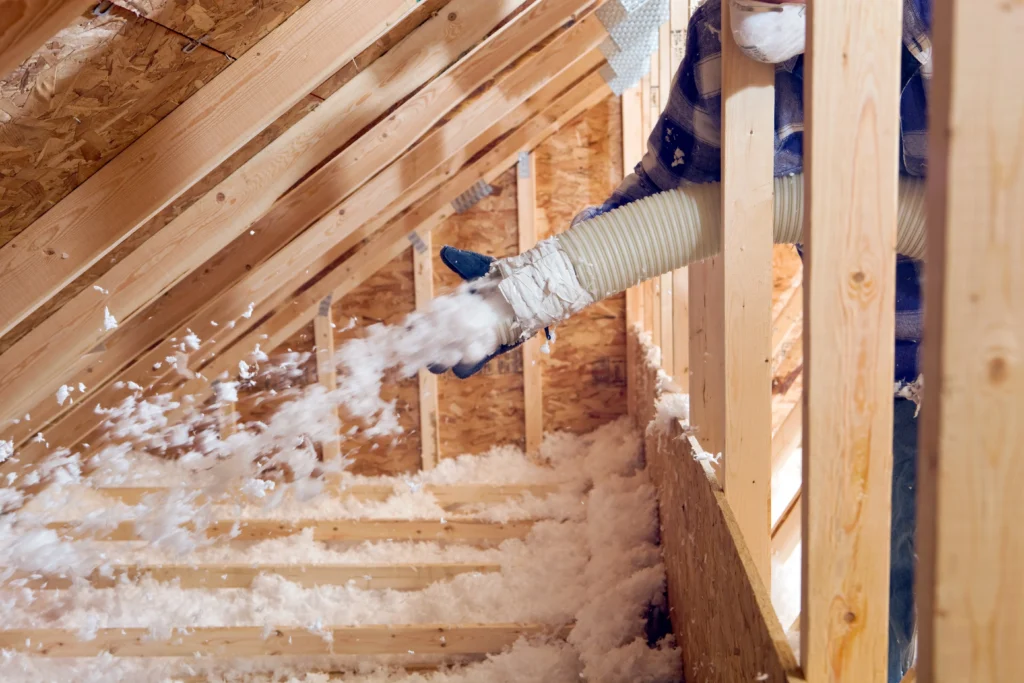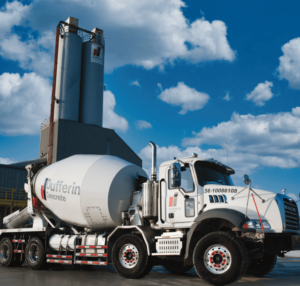How Blown-In Insulation Can Help Lower Your Heating and Cooling Costs
Blown-in insulation is an effective way to reduce energy loss in both residential and commercial buildings. It helps lower heating and cooling costs by filling small gaps, cavities, and irregular spaces more thoroughly than traditional batt insulation. This creates a more airtight thermal envelope, minimizing drafts and improving HVAC system efficiency.
Properly installed blown-in insulation reduces energy costs by up to 20–30%, depending on the building’s structure, existing insulation, and climate zone. This article provides a detailed, technical, and educational overview of how it works, its advantages, and what to consider before making a decision.
[Image: Technician installing blown-in insulation in an attic space]How Blown-In Insulation Works
Blown-in insulation involves using loose-fill materials—typically fiberglass, cellulose, or mineral wool—that are blown into wall cavities, attic floors, or other open areas using a specialized machine. Once in place, the material forms a seamless layer that helps prevent air movement and improves thermal performance.
Thermal Resistance (R-Value)
The effectiveness of insulation is measured by its R-value, which represents resistance to heat flow. Higher R-values provide better insulation.
| Material | Typical R-Value per Inch | Composition |
| Fiberglass | 2.2 – 2.9 | Recycled glass fibers |
| Cellulose | 3.2 – 3.8 | Recycled paper treated with fire retardant |
| Mineral Wool | 3.0 – 3.3 | Natural rock or slag |

Energy Efficiency and Air Sealing
Blown-in insulation fills gaps and voids around wiring, plumbing, and framing. This minimizes convective heat loss and reduces workload on HVAC systems. As a result, indoor temperature remains more consistent year-round.
Bonus Tip: Combining blown-in insulation with air sealing around windows, doors, and attic hatches maximizes energy savings.
Types of Blown-In Insulation
Fiberglass
- Made from fine glass fibers.
- Non-combustible and moisture-resistant.
- Often used in attics and wall cavities.
Cellulose
- Made from recycled newspaper and treated with borates for fire resistance.
- Denser than fiberglass; better air sealing in some cases.
- Environmentally friendly option.
Mineral Wool
- Made from volcanic rock or industrial waste.
- Offers superior fire resistance and soundproofing.
- Less common but useful in specific applications.
| Feature | Fiberglass | Cellulose | Mineral Wool |
| R-Value (per inch) | 2.2 – 2.9 | 3.2 – 3.8 | 3.0 – 3.3 |
| Sound Dampening | Moderate | High | High |
| Fire Resistance | High | Moderate | Very High |
| Cost Effectiveness | Moderate | High | Moderate |
| Settling Over Time | Low | Moderate | Low |
Where It Makes the Most Difference
Attics
Heat rises, making the attic a critical point of heat loss in winter and heat gain in summer. Blown-in attic insulation can be installed quickly and conforms to joists and beams.
Walls (Retrofit)
In existing homes, insulation can be blown into wall cavities through small drilled holes, making it ideal for upgrades without major demolition.
Floors and Crawl Spaces
Loose-fill material can insulate hard-to-reach areas, improving comfort in rooms above crawl spaces or overhangs.
Bonus Tip: In multi-story homes, insulating floor cavities can improve thermal zoning between levels.
Technical Specifications and Data
| Specification | Value Range | Notes |
| Installation Time | 3–6 hours (average attic) | Depends on area size and access |
| Material Lifespan | 20–30 years | With proper ventilation |
| Typical R-Value Added | R-30 to R-60 (attics) | Climate-dependent |
| Cost (Installed) | $1.00–$1.50 per sq. ft. | Varies by region and material type |
| Settling Over Time | 10–20% (cellulose only) | Minimal in fiberglass |
| Vapor Retarder Needed | Sometimes (climate-dependent) | Assessed during installation |
Real-World Market Insights
According to the U.S. Department of Energy, proper insulation and air sealing can save homeowners an average of 15% on heating and cooling costs, and up to 20% in extreme climates. The North American Insulation Manufacturers Association (NAIMA) also notes that 90% of U.S. homes are under-insulated.
Things to Consider Before Making a Decision
Climate Zone
Different R-values are recommended based on your location. Colder climates require higher insulation levels, particularly in attics.
Existing Insulation
If your home already has some insulation, it may be more efficient to add to it rather than replace it entirely. A professional energy audit can assess current conditions.
Material Type
Choose based on your priorities:
- Sound control → Mineral wool
- Eco-friendliness → Cellulose
- Moisture resistance → Fiberglass
Installation Access
Attic hatch size, roof pitch, and wall cavity access can affect feasibility and cost.
Settling and Maintenance
Some materials (notably cellulose) may settle slightly over time. Reapplication or topping up may be necessary after 15–20 years.
Bonus Tip: Ask for a blower door test before and after installation to measure improvement in air sealing performance.

Common Questions
Is blown-in insulation suitable for all homes?
It’s effective in most building types, especially those with unfinished attics, retrofitted walls, or irregular cavities. However, extremely tight areas may limit access for equipment.
Does it need to be replaced often?
No. Blown-in insulation can last over 20 years if installed correctly and kept dry. Cellulose may need occasional top-up due to settling.
Can I install it myself?
DIY kits are available, but professional installation ensures consistent coverage and proper R-values. Professionals also conduct prep work like air sealing and vent chutes.
Topic FAQ
What is the most cost-effective type of blown-in insulation?
Cellulose is generally the most affordable and offers good R-value and soundproofing. However, fiberglass may be more durable and moisture resistant in certain regions.
How does blown-in insulation compare to batt insulation?
Blown-in insulation offers better coverage in irregular spaces, reducing air leakage more effectively than pre-cut batts.
Will blown-in insulation reduce noise?
Yes. Especially cellulose and mineral wool types, which offer higher sound absorption.
Is it safe for people with allergies?
Fiberglass is non-organic and less likely to host mold or allergens. However, any material can be safe when properly installed and sealed from air pathways.
Can blown-in insulation be added over old insulation?
Yes, as long as the old insulation is dry, mold-free, and not compressed. Professionals often add layers to increase total R-value.
Make the Right Decision
Blown-in insulation in Lawrenceville, GA can make a substantial difference in energy efficiency, helping reduce heating and cooling costs over time. Understanding the types of material, their application areas, and relevant technical details ensures the right choice for your specific needs. Evaluate your home’s climate zone, structure, and energy use to determine if blown-in insulation is the most effective solution.










